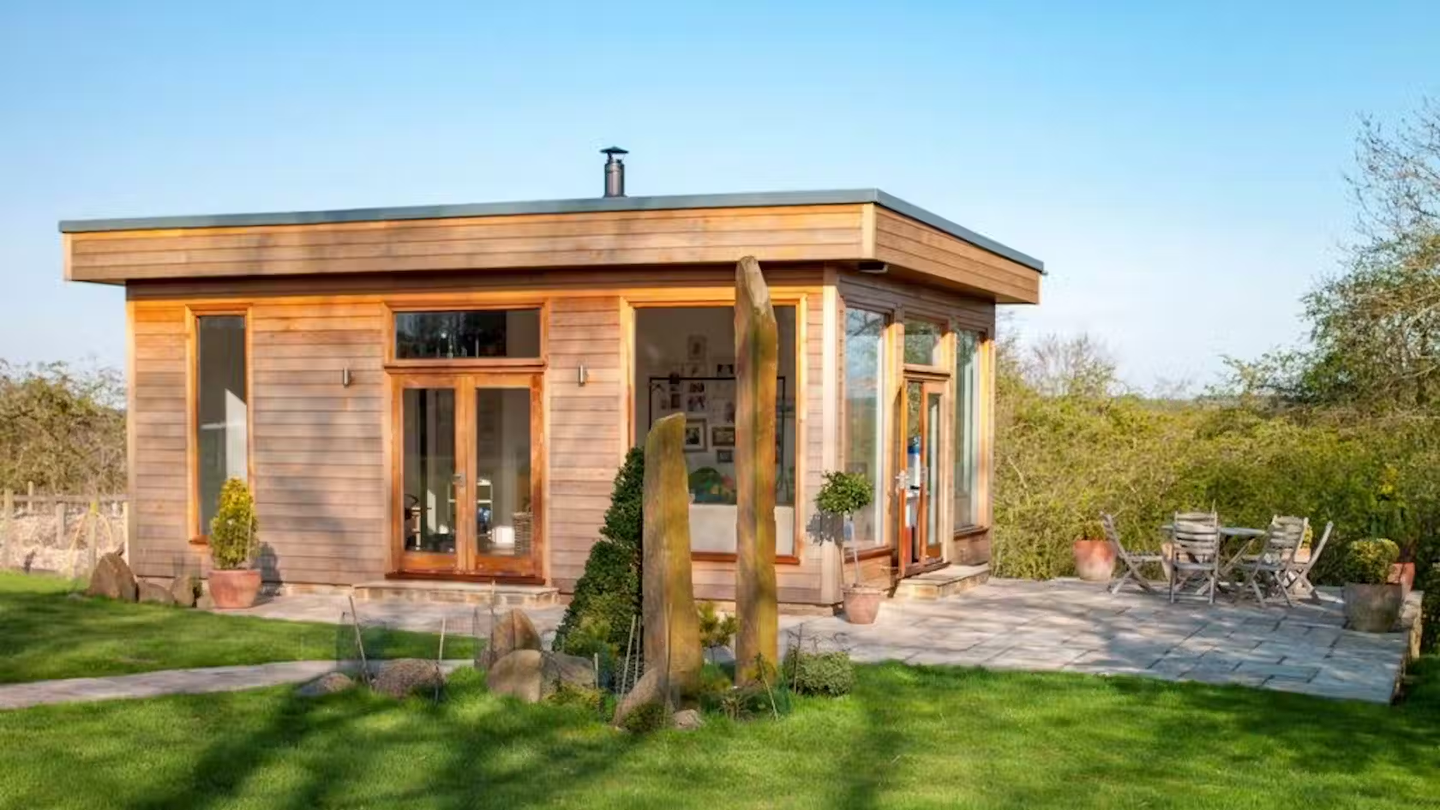For those of us who are lucky enough to have plenty of garden space, you might have a million ideas on how to utilise your outdoor space. But did you know you might have to get permission from your local council before you can start any work? Yep, that's right. Unfortunately, some of your plans might have to be put on hold but fear not!
This blog will talk you through what you'll need garden planning permission for and how to get it.
Why do I need planning permission for my garden design ideas?
You may not need to get planning permission for your garden designs. It all depends on what you have in mind. For any designs that include large structures, significantly altering ground levels or impacts listed buildings, then you may need to get permission.
In the UK, there is a concept in planning law called Permitted Development that allows homeowners to carry out work on their home and gardens without needing permission. Permitted Development (PD) has different requirements and factors so it's important to understand if the work you want to do falls under it.
Garden Buildings
Luckily for the most part, garden buildings come under permitted development. However, they do need to adhere to some rules and there are exceptions.
The following limits and conditions apply to outbuildings when it comes to permitted development:
- A garden building or outbuilding cannot be placed on land which is forward of the wall which forms the principal elevation.
- The building should be single storey and have a maximum eaves height of 2.5 metres and a maximum overall height of no more than four metres for a building with a dual pitched roof and 3 metres for other roof types. This includes both outbuildings and garages.
- There should be no balconies, raised platforms or verandas. Platforms are allowed which do not exceed 0.3 metres in height.
- Where the outbuilding is to be places within two metres of the boundary of the curtilage of the original house it cannot exceed a maximum height of 2.5 metres.
- No more than half of the area of the land which surrounds the ‘original house’ should be covered by additions or other buildings such as garden buildings. The term ‘original house’ refers to the house as it was originally built, or as it stood on 1st July 1948 if it stood before that date. This therefore does not include extensions added after the house was built, or after the aforementioned date.
- On designated land, which includes National Parks, Areas of Outstanding Natural Beauty and World Heritage sites, buildings at the side of properties will require planning permission. Where buildings are to be placed more than 20 metres from the house, the land to be covered by additional buildings should not exceed 10 m².
- Planning permission is required for any outbuildings to be place within the curtilage of listed buildings.
- The above applies specifically to houses and not to flats, converted houses or other building types. It is important that if you’re unsure whether your outbuilding complies with permitted development guidelines that you contact your local council.
Decking
Under permitted development, you can put up decking and other raised platforms without applying for planning permission. However as with outbuildings, there are some guidelines relating to this.
- The decking or raised platform should not exceed 30cm from ground level.
- As with outbuildings, the decking along with other extensions and additions should not exceed 50% of the land surrounding the ‘original house’.
Gates, Walls and Fences
Permitted development guidelines allow you to erect, construct and maintain gates, walls and fences on your property provided they meet certain guidelines.
- If your property is adjacent to a highway, the overall height should not exceed 1 metre.
- Otherwise, the height should not exceed 2 metres.
- As with other outbuildings and garden additions, development of gates, walls and fences is not part of permitted development around a listed building. Instead planning permission will be necessary.
Landscaping
It is a common misconception that only buildings require planning permission, in some cases the general landscaping jobs you may be undertaking in your garden may need planning permission.
- Some trees and hedges are protected by tree preservation orders which therefore mean you cannot prune them without permission from the council. The same goes if you live in a conservation area or listed building. To plant a hedge in your own garden is allowed and there are no rules in terms of height however you are responsible for maintaining the plant.
- You don’t need planning permission for things such as outdoor lights, but it may be worth a courtesy call to your neighbours if they are likely to impact them in anyway.
- When it comes to landscaping for a listed building, you must seek permission to do anything which involves changing the appearance of a listed building or the land surrounding it.
Bring your garden design ideas to life
No matter what ideas you have for your garden, make sure to check you don't need to ask for planning permission. The last thing you will want is to build your office, shed or decking and be made to take it all down. Do your research and if you're unsure, get in touch with your local council.
For any building materials you might need for your garden projects, you'll find all you need at HSS ProService.






















































